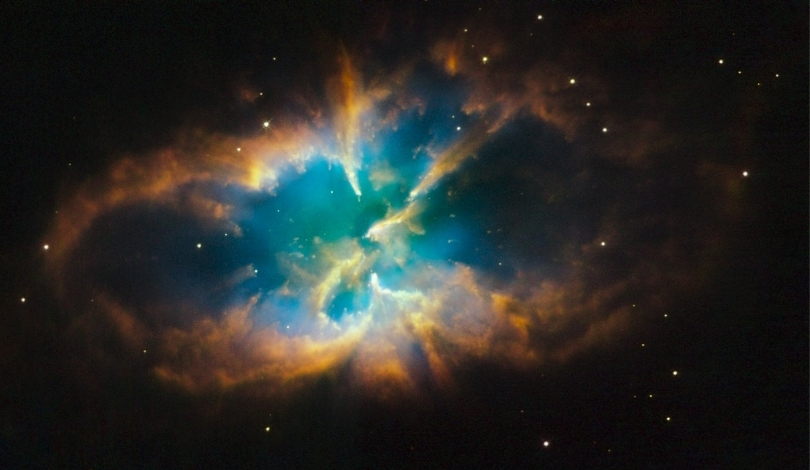Astronomers have observed intriguing phenomena surrounding the exoplanet WASP-49 b, which could hint at the presence of a volcanic moon. Located 635 light-years away, this gas giant’s unusual sodium cloud has baffled scientists, prompting new studies using advanced telescopes. The exploration of such distant worlds continues to reveal complexities that challenge our understanding of planetary systems.
Previous studies focused primarily on the primary characteristics of WASP-49 b, but recent observations have delved deeper into its atmospheric composition. These new findings build upon earlier research, offering a more comprehensive view of the planet’s interactions with its potential moon.
What Causes the Sodium Cloud Around WASP-49 b?
The sodium cloud detected around WASP-49 b cannot be solely explained by the planet’s hydrogen and helium composition. Scientists observed that the cloud’s presence is inconsistent with the known atmospheric properties of the gas giant, suggesting an external source.
Could a Volcanic Exomoon Be Responsible?
Evidence points towards a volcanic exomoon as the likely source of the sodium emissions. The cloud’s characteristics resemble those created by volcanic activity, similar to Jupiter’s moon Io in our Solar System.
How Do Observations Support the Exomoon Theory?
Observations from the ESO’s Very Large Telescope indicated fluctuations in the sodium cloud’s size and movement, which align with the presence of an orbiting volcanic body.
“We think this is a really critical piece of evidence,”
stated Apurva Oza, leading the study.
An international team, including members from NASA’s Jet Propulsion Laboratory and the European Southern Observatory, conducted these observations. Their research, published in The Astrophysical Letters, emphasizes the need for further studies to confirm the exomoon’s existence and understand its dynamics.
The potential discovery of a volcanic exomoon around WASP-49 b could provide valuable insights into the formation and evolution of planetary systems. Understanding such interactions enhances our knowledge of exoplanetary environments and the factors that contribute to their atmospheric conditions.
While the data strongly suggests the presence of a volcanic exomoon, the scientific community awaits additional evidence to solidify this claim. Future missions and more precise instruments will play a crucial role in uncovering the mysteries of WASP-49 b and its surrounding phenomena.
Insights from this study highlight the intricate relationships between exoplanets and their moons. As technology advances, the ability to detect and analyze such subtle features will improve, potentially leading to more groundbreaking discoveries in the field of astronomy.










